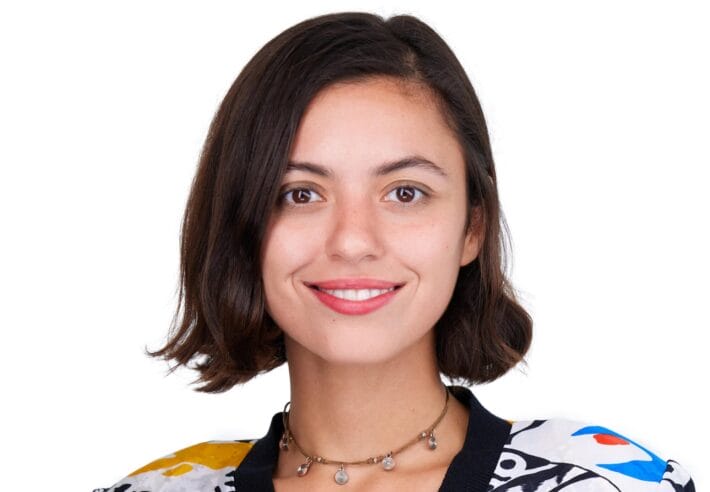
“Graphic design is everywhere around us, and has a power to permeate conversations and shape narratives,” says Wael Morcos. “It not only accentuates stories but also imbues them with nuanced depth. It’s a means to express our present zeitgeist with contemporary urgency.”
Morcos is a Lebanese American graphic designer whose work spans the creation of contemporary Arabic fonts, brand campaigns for companies including IBM and Nike, and the design of books like the Sharjah Architectural Triennial publications.
For his approach to typographic and graphic design that incorporates cultural and political histories to create socially relevant visual identities and campaigns, Morcos receives a 2024 Vilcek Prize for Creative Promise in Design.

Representing Language, Representing Ourselves
“Our language is as much auditory as it is visual… When you design a font, you’re designing a tool… it’s giving people tools to express themselves,” says Morcos. “I consider typography as the most potent tool in a designer’s arsenal… It has the ability to amplify the meaning of words and to advocate for representation.”

Morcos’ passion for Arabic typography grew after he moved to the United States from Lebanon—first to pursue studies at the Rhode Island School of Design, and then to build a career as a graphic designer in New York. “I was drawn back to my native language, to my culture, to stories that I see myself in… Designing in Arabic from New York City is perhaps an act of resistance,” he says, “but also an act of reaching out, inviting others to engage, utilize, and be inspired by it.”

He describes typography as both of the time in which it is created and having a life that extends well beyond. “Arabic typography needed our help to be reimagined, redesigned for a modern context for modern lives,” he says. Bridging the gap between tradition and modernity, his fonts have been distributed through institutional channels like Google and other publishing platforms, “carrying on with the tradition of how we represent our language and therefore ourselves.”
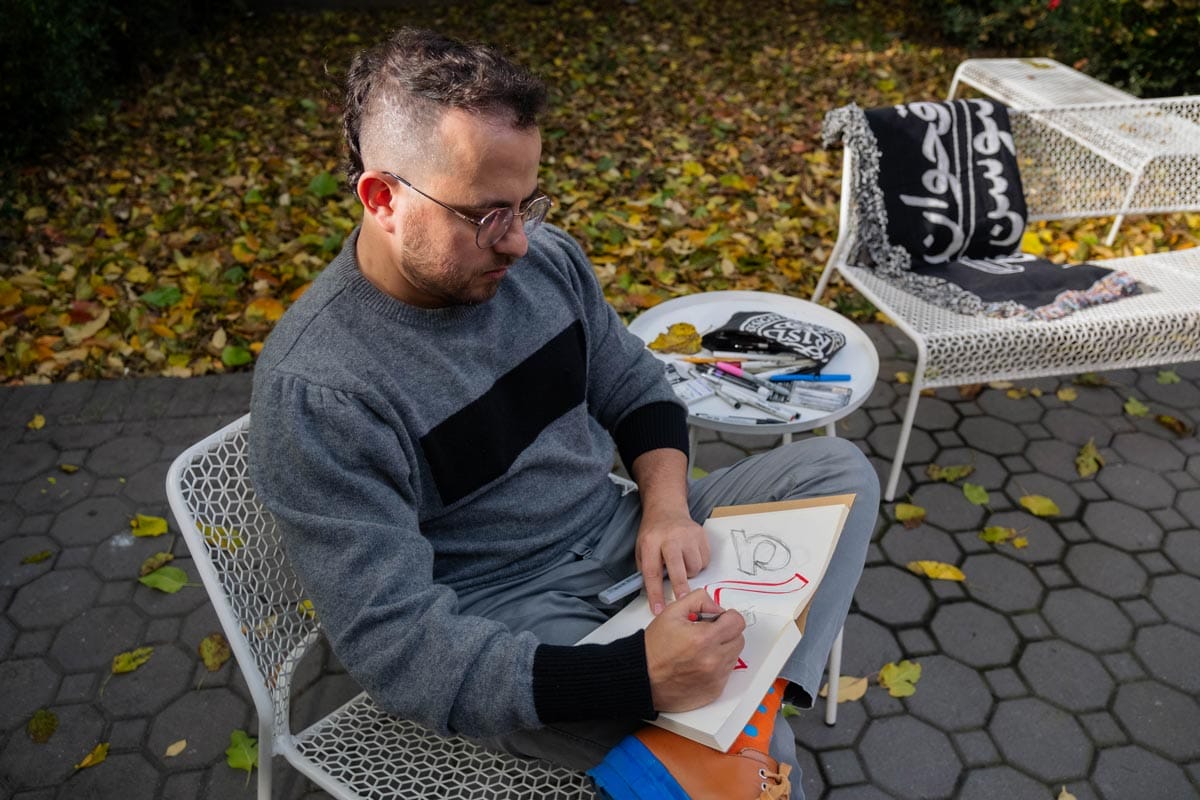
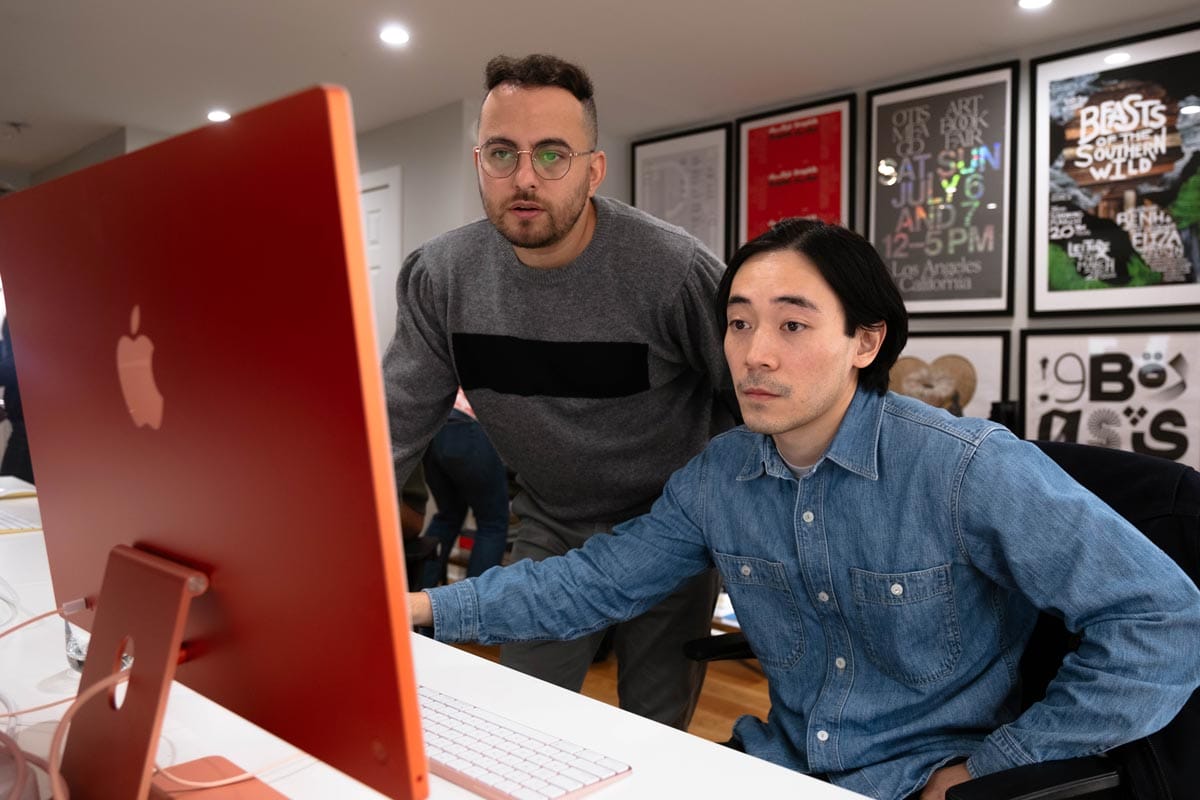
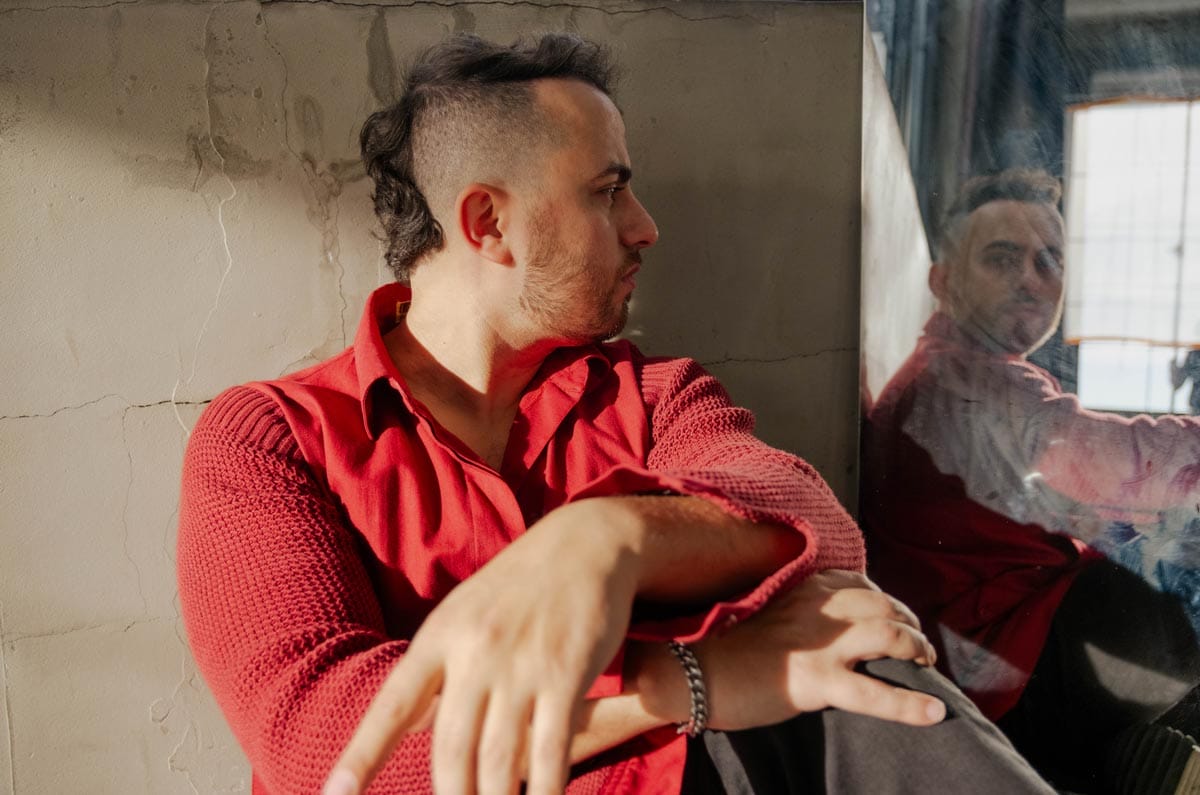
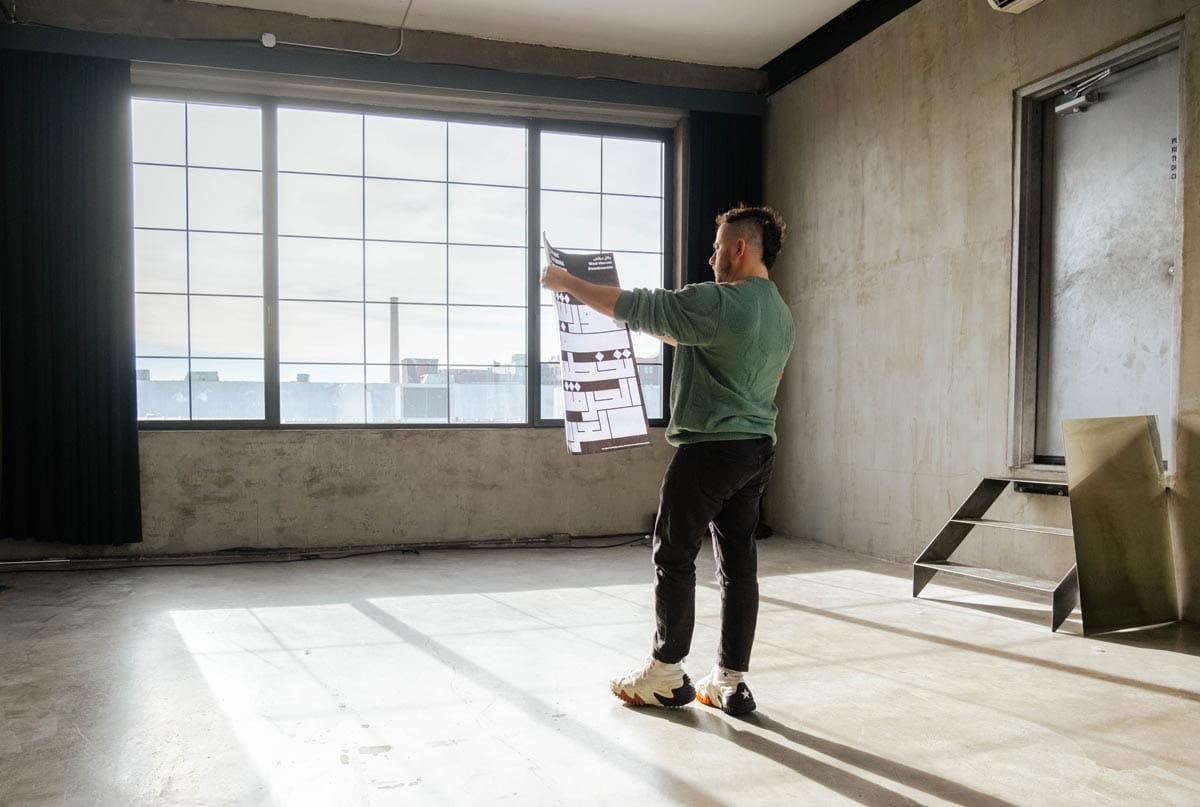
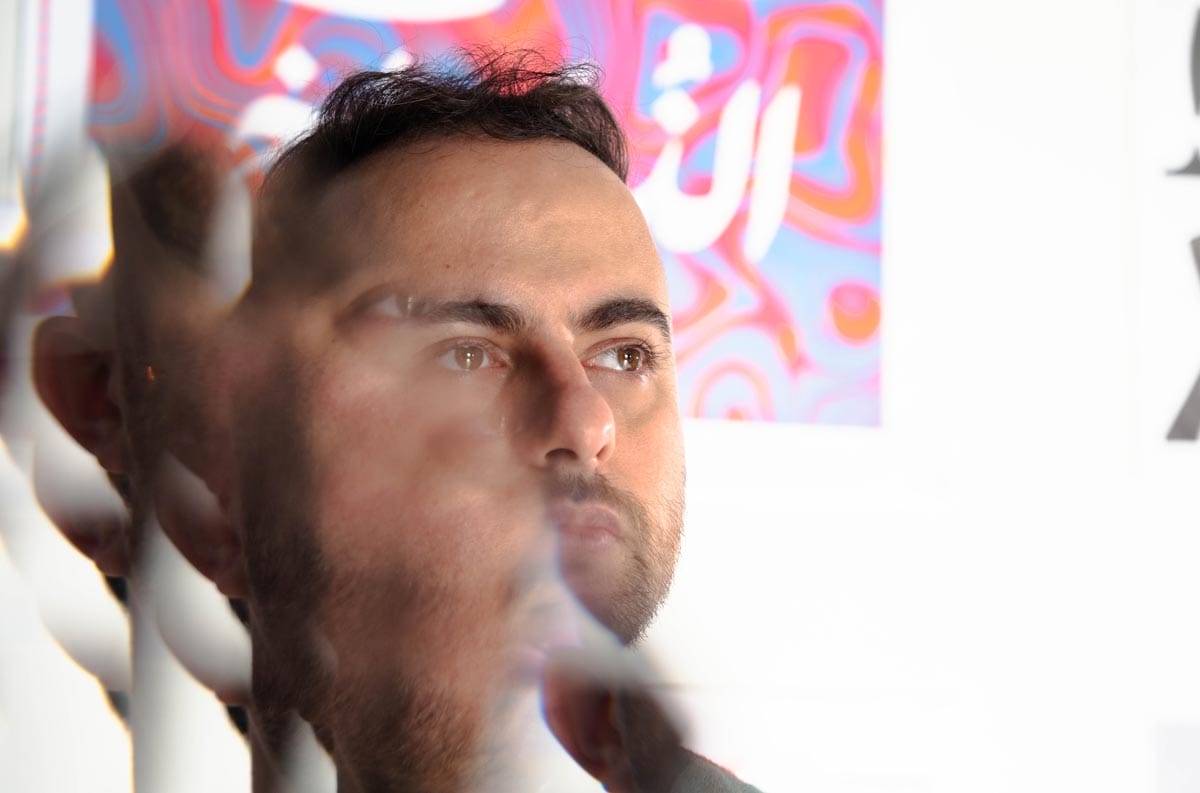
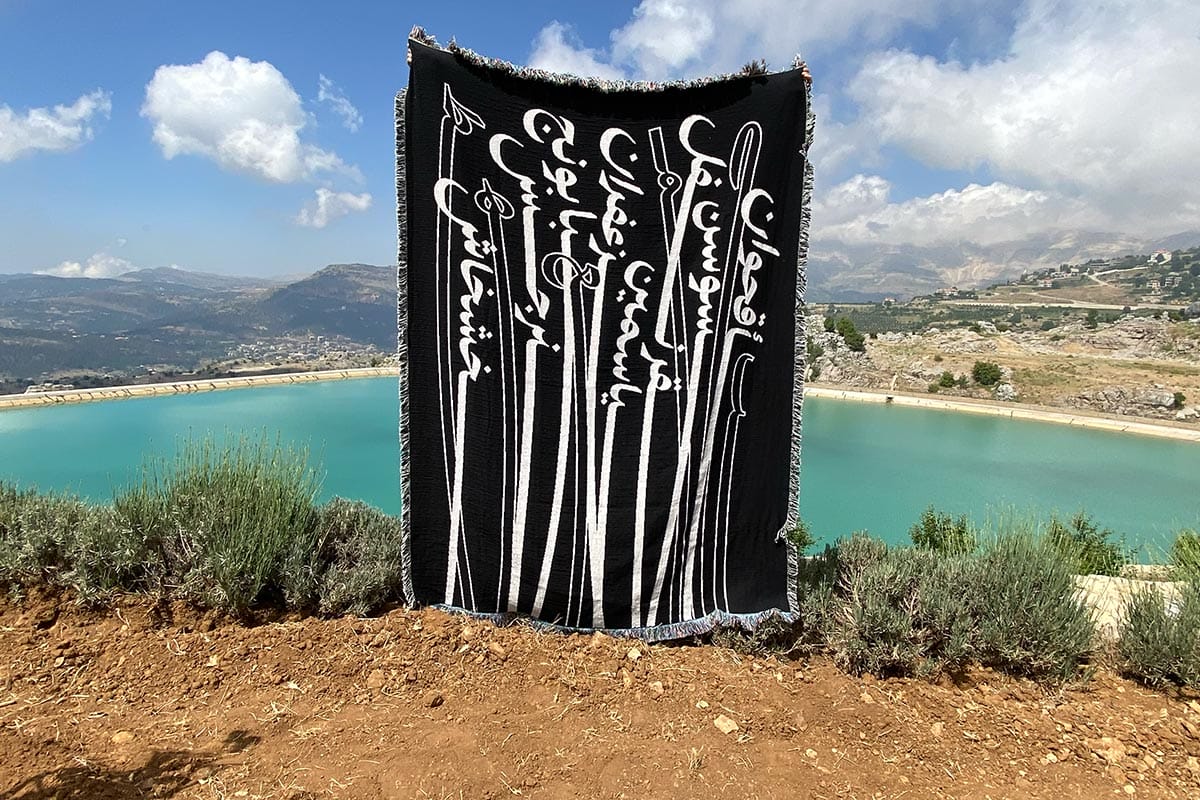






Amplifying Arab American Stories
As an immigrant, Morcos finds himself drawn to create work that resonates for him personally, and bridges his nostalgia for Beirut and Lebanon with his life in the United States. He recently championed the development of Mizna’s I Want Sky, a literary journal that shines a spotlight on the experiences of LGBTQ+ Arabs. Through a fusion of multi-script typography, lettering, and illustrations, Morcos illuminates the narratives of a diverse queer community that yearns for understanding—drawing inspiration from the legacy of illuminated Arabic homoerotic poetry and speaking to the contemporary struggles and triumphs of this community.

Committed to amplifying Arab American voices, Morcos is a co-founder of 1on1 projects, a Brooklyn-based collective that works to elevate the stories and experiences of Arab and Muslim Americans through arts, performances, and programs. “You miss a lot of your old self and all the support system that you took for granted back at home,” he says. “I try to use my design practice to try to re-create some of these contexts that are important for me.”
Related News
Maryam Turkey: Deconstructing Architecture
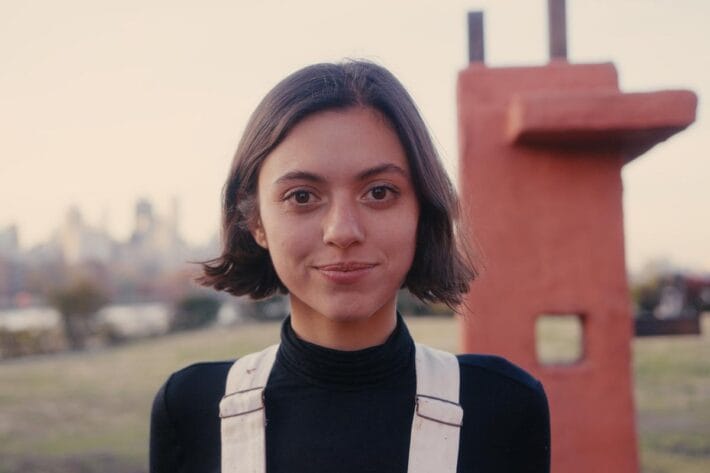
Ramon Tejada: Decolonizing Design
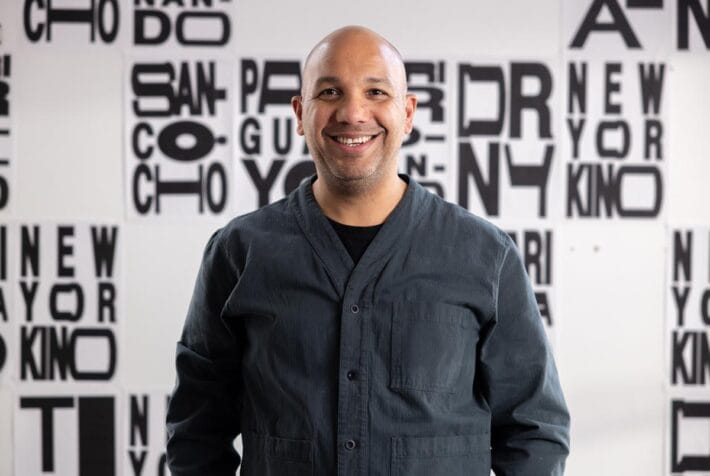
$250,000 in Vilcek Foundation Prizes Awarded to Immigrant Designers
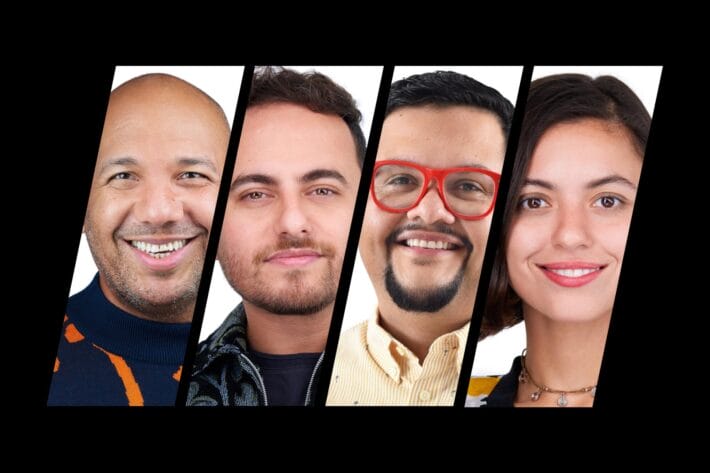
You may also be interested in
Wael Morcos
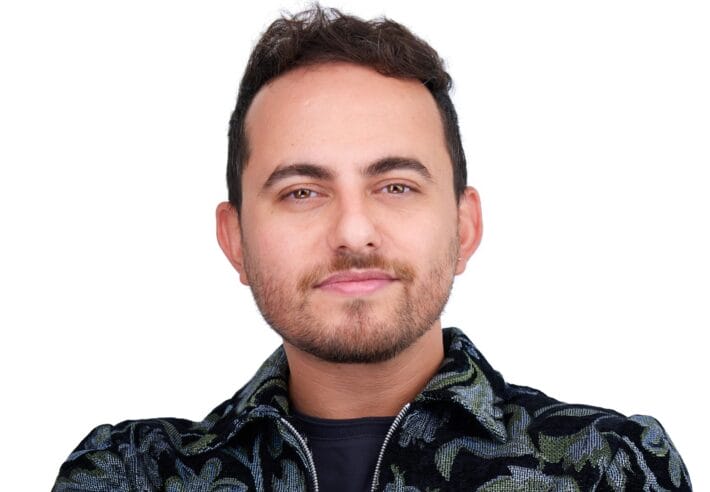
Ramon Tejada
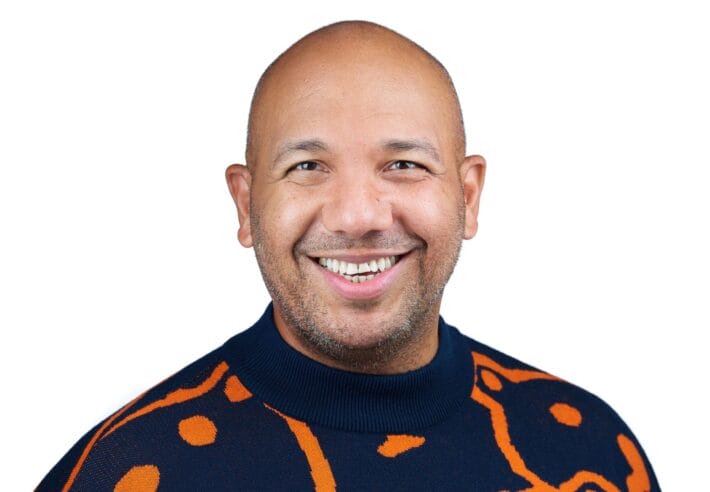
Maryam Turkey
